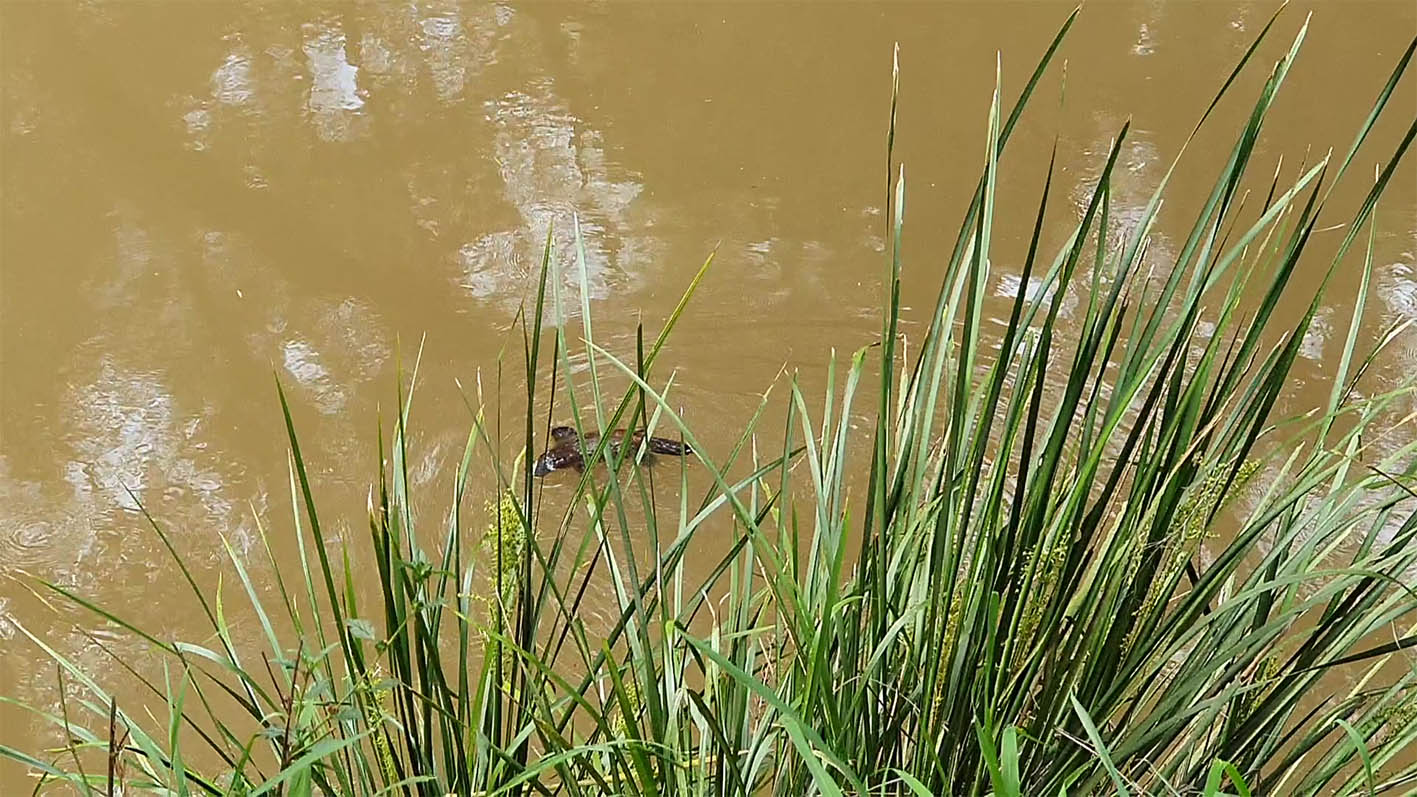While wetland restoration is vital to our environmental future, so is the ability to prevent the need for restoration in the first place.
Wetlands are vital ecosystems that provide many benefits to both the environment and human communities. Defined as areas that are saturated with water either permanently or seasonally, they support and provide habitat for a wide variety of plant and animal species. They also act as natural water filters, absorbing pollutants and helping to purify water, and they prevent areas adjacent to water from flooding and eroding – not to mention often being areas of great beauty and recreational opportunity.
Unfortunately, human activity and development often leads to the destruction of wetlands, either through direct conversion for development, pollution, or through the construction of infrastructure projects such as pipelines. This article examines one aspect of destruction – that resulting from pipeline construction – and provides a comparison between trenching and trenchless construction methods from environmental and other perspectives.
World Wetlands Day 2023 – Restoring Wetlands
Today, 2 February 2023, is World Wetlands Day, and it’s an opportunity to raise awareness about preserving these vital areas and the ecosystems they support. This year’s theme is “Restoring Wetlands”, and the event is focused on highlighting the urgent need to prioritise wetland restoration. While the necessity for this cannot be underestimated, we also believe that when it comes to construction-related environmental degradation, prevention is better than cure. With this in mind, trenchless construction options can provide a viable option in preventing the need for restoration in the first place.
Trench and restore vs. Drill and avoid
When it comes to building pipeline infrastructure in wetlands, there are two main options: trenching through the wetland and restoring it later, or using a trenchless method, such as horizontal directional drilling (HDD) to preserve the wetland.
Trenching involves digging a trench through the wetland and then restoring the area after the construction is complete. If not prohibited by applicable environmental laws, such as the Environment Protection and Biodiversity Conservation Act 1999 (which specifically protects significant environmental areas, such as Ramsar wetlands), it can still be a costly, time-consuming, and complex process. Additionally, pipelines which are trenched through wetlands and other areas where water is present, such as rivers and ocean shores, are only able to be installed at relatively shallow depths. This means that they are prone to being unearthed and exposed to the surface in the case of weather events such as floods. This often causes the pipeline to be damaged or rendered unusable, requiring replacement and reinstallation. Critically, it can also be difficult to fully restore these areas to their original condition after trenching, resulting in lasting degradation of the area and the flora and fauna species it supports.
On the other hand, with good trenchless design and delivery, HDD allows for the installation of underground pipelines at significant depths without disturbing the surface of the wetland or area where water is present. Instead of trenching, a drill rig is used to create a horizontal borehole under the area to be preserved, at a depth suitable to ensure the future pipeline is safe from exposure through flood or other weather events. The pipe is then installed through the borehole, minimizing the impact on the environment above.
The key environmental advantage of HDD is that it is much less disruptive to the wetland or water-adjacent area in comparison to trenched methods. Because the surface of the wetland is not disturbed, the plants and animals that live there are not displaced or harmed, and soil is not degraded and rendered prone to erosion. Additionally, because the wetland is not drained or otherwise altered during the construction process, the water table and hydrology of the area are not affected.
But there can also be a financial incentive for HDD in these situations: because the surface of the wetland is not disturbed, there is minimal need to spend time and money restoring the area after construction is complete. The method also provides efficiencies, allowing for quicker and cheaper installation than trenched alternatives in many cases.
With 35% of the world’s wetlands having disappeared since the 1970s, World Wetlands Day highlights that the need to restore wetlands has never been more important. However, the benefits of trenchless technology and ability to preserve our remaining wetlands, circumventing the need to restore them after construction in the first place, plays a vital role too.

Platypus spotted during a recent HDD crossing to install pipelines under a river and adjacent wetland area
